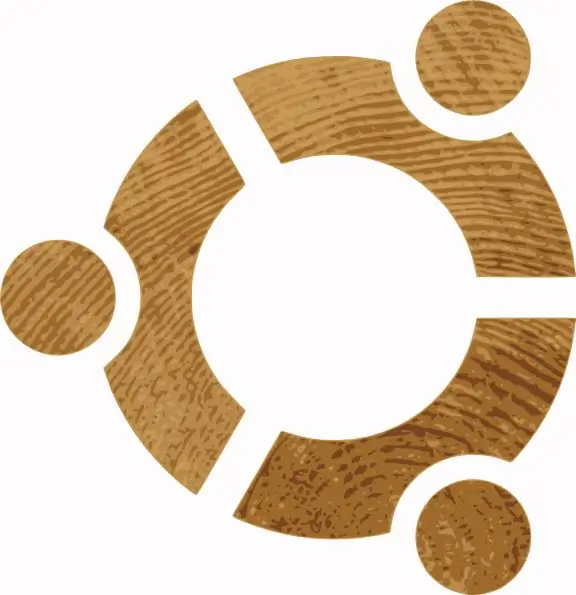- Author Lauren Nevill [email protected].
- Public 2024-01-18 21:47.
- Last modified 2025-01-23 15:15.
If you are used to working with several operating systems, you know the rule that you first need to install a windows platform, and then some other one. If this sequence was violated, therefore, you need to re-add the bootloader.

Necessary
Installing the bootloader from the Live-disk
Instructions
Step 1
Boot loader recovery will be considered using any version of the Ubuntu operating system as an example. For each version of this system, the developers, in addition to the standard disc, release a Live disc that can be downloaded from the official website. With it, you can boot the system, which will place temporary files in the computer's memory.
Step 2
To download a disk image, go to the following link https://releases.ubuntu.com, select your operating system version, for example, Ubuntu 10.04.3 and click the corresponding folder. There will be many files inside it. If you have a torrent client, it is advisable to use its services, namely to download a file with the iso.torrent extension.
Step 3
Before downloading any torrent file, find out the manufacturer of your processor, if AMD is ubuntu-10.04.3-alternate-amd64.iso.torrent, and if Intel is ubuntu-10.04.3-alternate-i386.iso.torrent. After downloading this image, it must be burned to disk at minimum speed.
Step 4
After recording, insert the disc back into the drive tray and restart your computer. When booting, press the Delete button, enter the BIOS boot menu (Boot) and set the drive as the main boot source. Press the F10 key, then Y or Yes.
Step 5
When the Live Disk menu appears for the first time, select Check Files on Disk. Then select the "Run Live" item (do not select the Install item). After a while, the operating system desktop appears, in which you need to open the Terminal program by clicking the Applications menu and selecting the appropriate command from the Standard list. Also, "Terminal" can be easily launched by pressing the key combination Ctrl + alt="Image" + T.
Step 6
Enter the first command "sudo fdisk -l" without quotes and press Enter. Below you will see a list of all sections. You should only be interested in the section named Linux. As a rule, this is sda1 or sdb1, but there are exceptions.
Step 7
To mount the system partition to the mnt folder, enter the following command "sudo mount / dev / sda1 / mnt" without quotes. Do not forget about spaces, in some cases it is best to copy the line so as not to get an error message. Please note that instead of sda1, there can be not only sdb1, but also sdc5 or sdb9.
Step 8
Next, you need to write the Grub bootloader to the MBR boot sector, enter the following command "sudo grub-install --root-directory = / mnt / dev / sda" without quotes. Here, instead of sda, there can be both sdb and sdc. If all the above actions are successfully completed, a message about no errors should appear in the terminal window.
Step 9
Restart your computer by typing sudo reboot in a terminal. The system will kindly ask you to remove the disc from the drive and press the Enter key. If the system selection is not displayed on the screen when the computer boots, therefore, you need to boot from the Live disk again and in the terminal run the additional command sudo update-grub -output = / mnt / boot / grub / grub.cfg.






